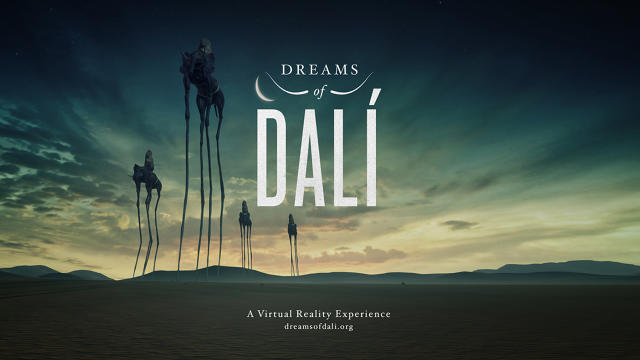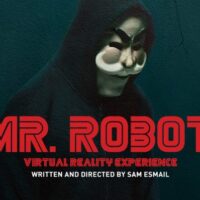Dreams of Dali
Go inside and beyond Dali’s 1935 painting Archeological Reminiscence of Millet’s “Angelus” and explore the world of the surrealist master like never before. This 360-degree VR video experience allows you to adventure into the towers, peer from them to distant lands, and discover surprises around every corner—in a way we can only imagine Dali may have dreamed. Thanks to the Dalí Museum’s Dreams of Dalí, visitors can now enter a fully immersive 360-degree virtual reality recreation of the painting.
Get the most immersive experience when viewing on an Android with Google Cardboard or Samsung Gear VR.
Free!
Go inside and beyond Dali’s 1935 painting Archeological Reminiscence of Millet’s “Angelus” and explore the world of the surrealist master like never before. This 360-degree VR video experience allows you to adventure into the towers, peer from them to distant lands, and discover surprises around every corner—in a way we can only imagine Dali may have dreamed. Thanks to the Dalí Museum’s Dreams of Dalí, visitors can now enter a fully immersive 360-degree virtual reality recreation of the painting.
Get the most immersive experience when viewing on an Android with Google Cardboard or Samsung Gear VR.






